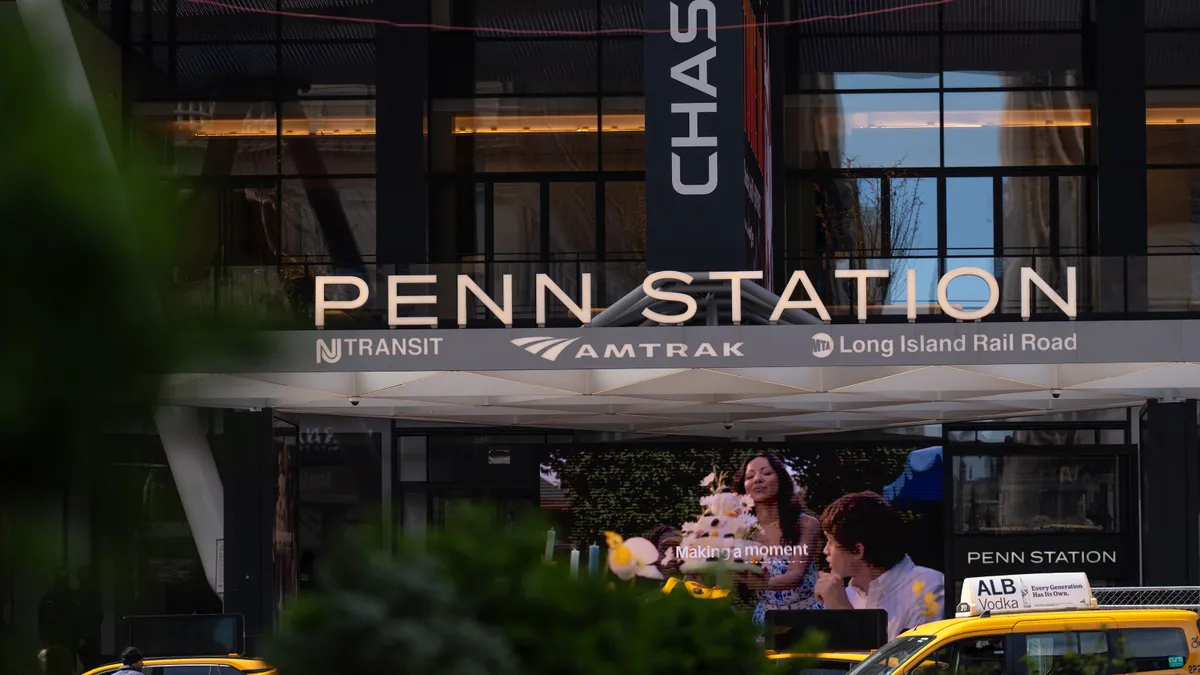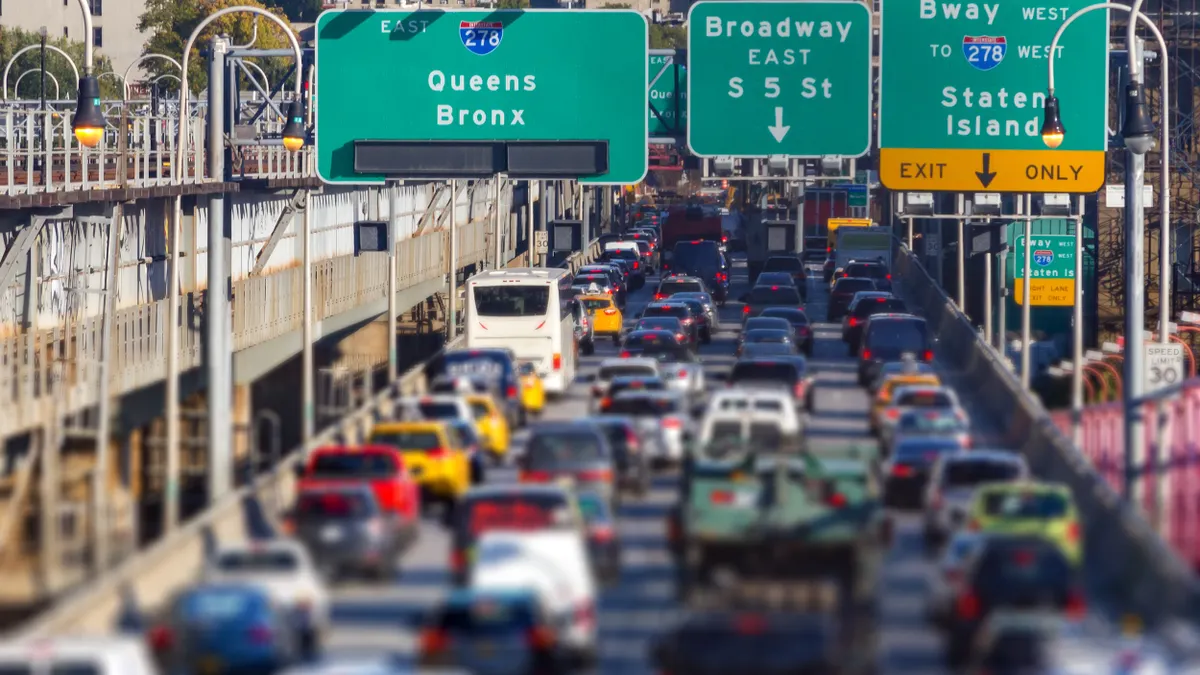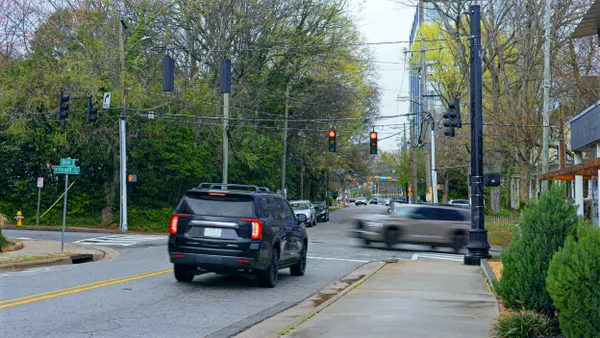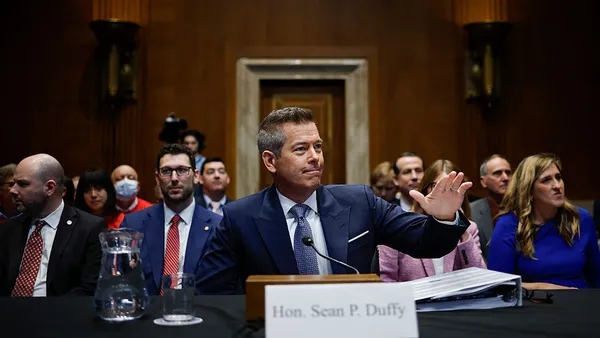Dive Brief:
- The Trump administration has removed New York’s Metropolitan Transportation Authority from leadership of the $7 billion Penn Station redevelopment project, transferring control to Amtrak and the DOT, according to an April 17 news release.
- The DOT said it will now pursue a public-private partnership model in order to accelerate delivery and cut costs on the project, according to the release.
- The MTA expects to remain involved in future phases, according to a statement from MTA Chair and CEO Janno Lieber, though neither the agency nor the administration has disclosed how the takeover will affect project timelines or ongoing construction activity at the site.
Dive Insight:
The news is a significant development because it shifts control of the Penn Station overhaul to federal agencies and promotes a public-private delivery model.
The DOT said the new approach will "drive efficiencies, reduce costs and deliver results faster than traditional government-led projects.”
“Under President Trump’s vision, we’re restoring accountability to infrastructure projects,” said Kyle Fields, chief counsel for the Federal Railroad Administration, in the release. “By empowering Amtrak and leveraging private investment, we’re guaranteeing a Penn Station that’s safer, more reliable and built to serve the American people for generations.”
In addition to changing oversight, the administration has rescaled the project’s federal grant. The move will save taxpayers around $120 million, according to the DOT.
The MTA, while no longer in charge, pointed to its successful delivery of the 33rd Street Concourse and emphasized its expectation to stay involved, in its own statement.
“We’re glad the federal government is focusing on [Penn Station] now,” said Lieber. “As the major leaseholder in the station, we expect to participate in the administration’s and Amtrak’s efforts to ensure future plans meet the needs of everyone who uses it.”
Redevelopment work at Penn Station must be carried out while the facility remains fully operational. That’s a logistical challenge contractors have flagged in the past, said Aryeh Lemberger, senior vice president at Montreal-based contractor WSP.
“You have to deal with it while keeping it all moving, all circulating, all operating at the same time,” said Lemberger. “It’s a monumental challenge.”













